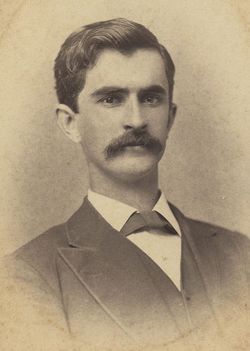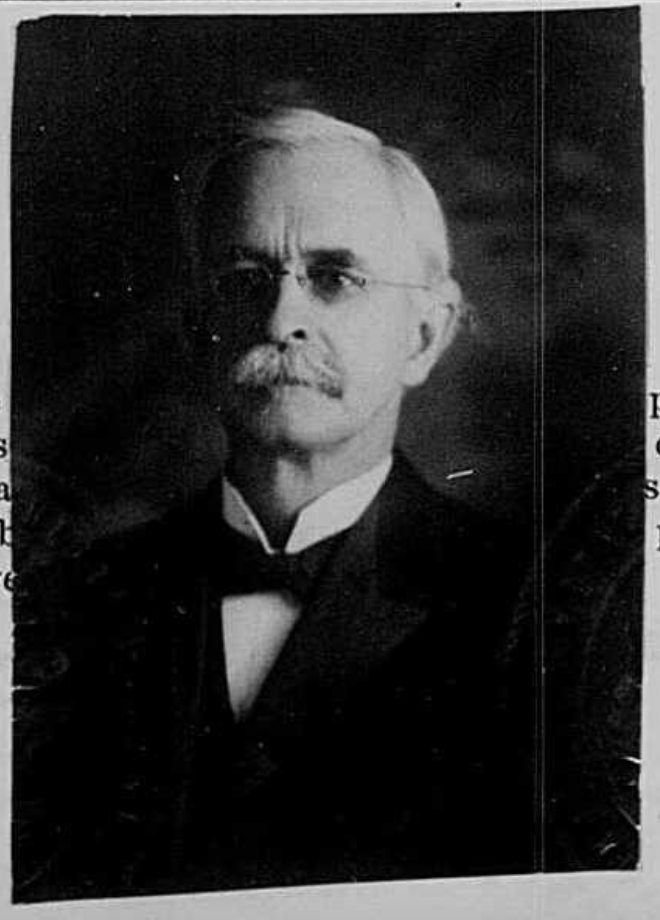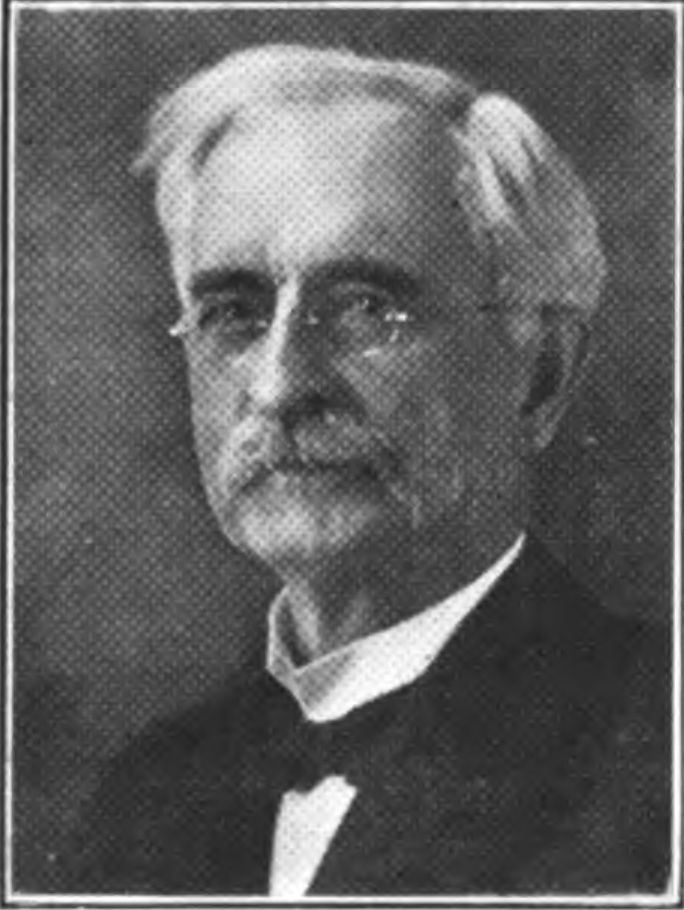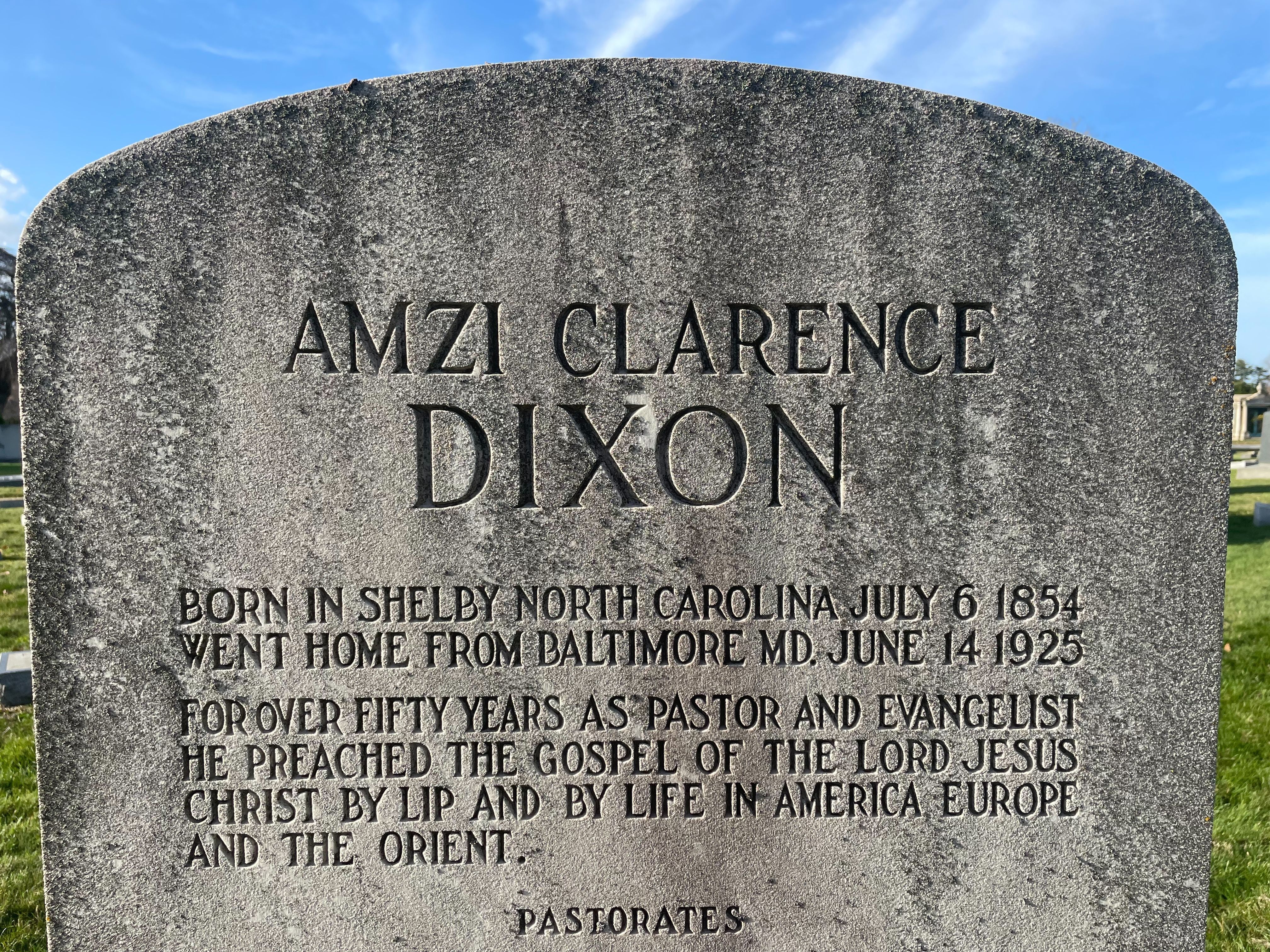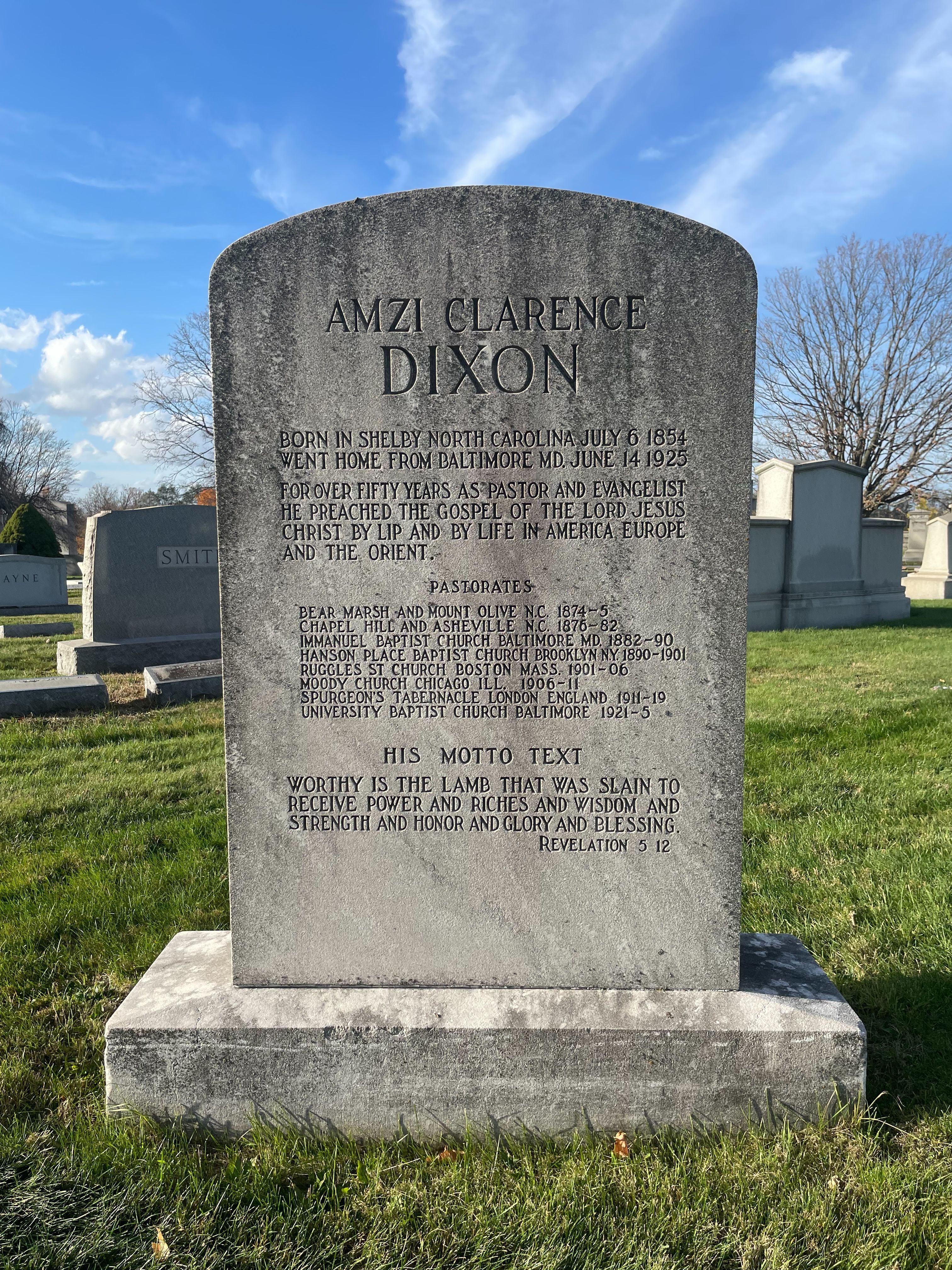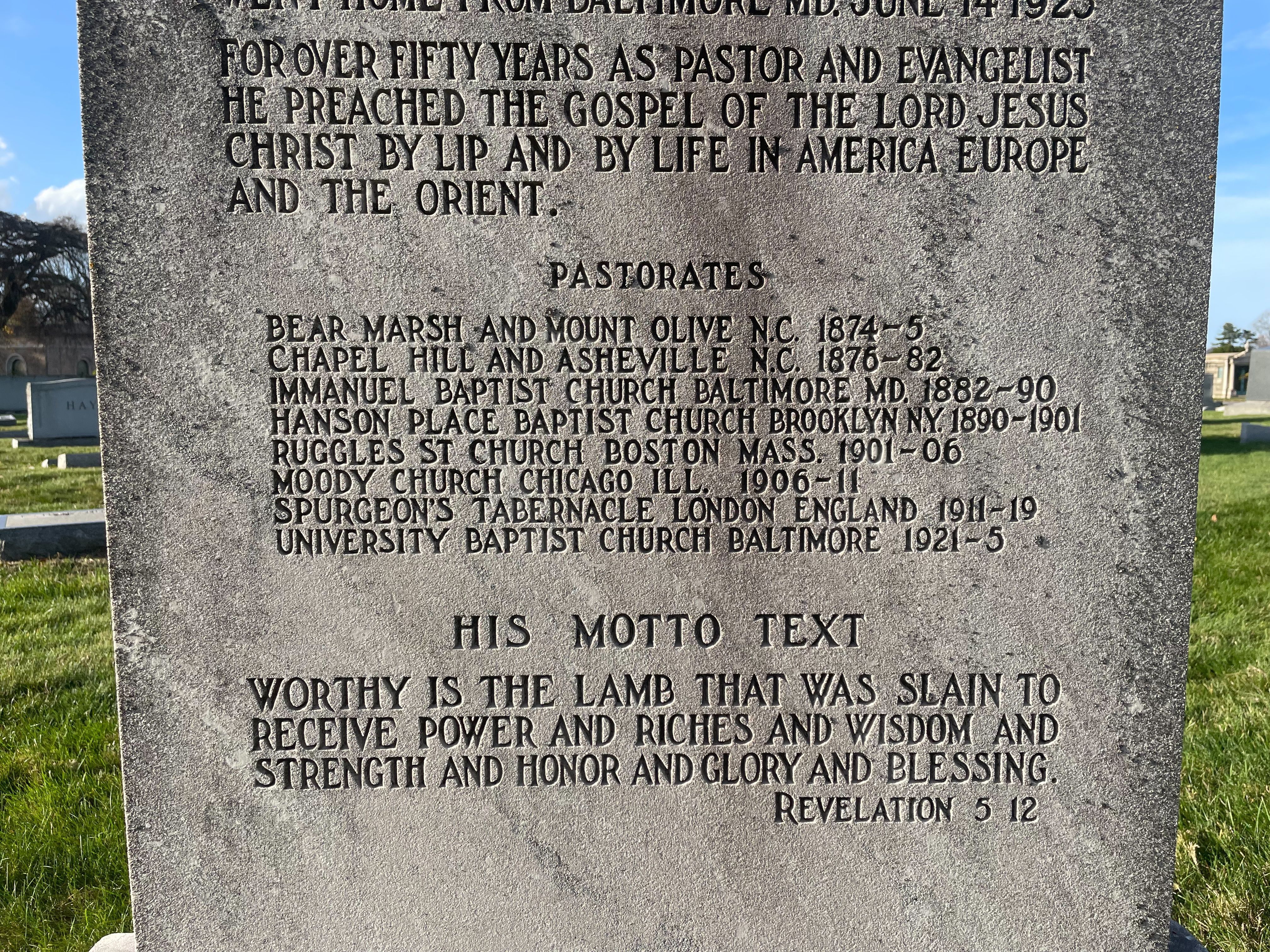A.C. Dixon, as he was popularly known, was born on a plantation near Shelby, North Carolina, on July 6, 1854 to a Baptist preacher. It is not surprising, then, that while still young, Dixon believed he felt the call to preach the gospel.
Dixon graduated from Wake Forest College in Winston-Salem, North Carolina in 1875. He was ordained in 1876 and immediately began his career serving as pastor of two country churches in North Carolina, with great success.
He was a pastor at Chapel Hill and Asheville before departing in 1883. Leaving both congregations healthy and growing, Dixon returned to school at Southern Baptist Theological Seminary, where he studied under John A. Broadus.
Thereafter, he filled the pulpits of Immanuel Church, Baltimore (1883-90), the Hanson Place Baptist Church in Brooklyn (1890-1900), the Ruggles Street Church, Boston (1901-06), the Moody Church, Chicago (1906-11), and the Metropolitan Tabernacle, London (1911-19). Because of the popularity of his speaking, he often rented the Brooklyn Opera House for Sunday afternoon evangelistic services. After leaving Brooklyn, he moved to Roxbury, Massachusetts, a suburb of Boston and became the pastor of Ruggles Street Baptist Church. While holding down the pulpit there, he also taught at the Gordon Bible and Missionary Training School, and turned his passion to writing, publishing Old and New, an attack on the liberal Social Gospel movement.
From Boston, he moved in 1906 to Chicago's Chicago Avenue Church, which had been founded by Dwight L. Moody. Two years after he arrived there, the church changed its name to the Moody Church, and he continued there until 1911. While at Moody Church, he also became a syndicated columnist, with his writings appearing in newspapers such as the Baltimore Sun, Boston Daily Herald and Chicago Daily News. He then crossed the Atlantic and ministered at London's Metropolitan Tabernacle, the church formerly pastored by Charles Spurgeon and other notable preachers, where he spent the war years. During this time, he often spoke at great Bible conferences. He preached there until his retirement in 1919. He was called out of retirement in 1922 and became the first pastor of University Baptist Church in Baltimore, Maryland.
The consistent theme throughout Dixon's career was a staunch advocacy for Fundamentalist Christianity during that movement's developmental period. His preaching was often fiery and direct, confronting various forms of apostasy. He spoke against a wide range of evils, from Roman Catholicism to Henry Ward Beecher's liberalism, Robert Ingersoll's agnosticism, Christian Science, Unitarianism and higher criticism of the Bible.
Several months prior to Dr. Dixon's death, he suffered chronic back pain and suspended his service at University Baptist Church. He suffered a heart attack and died on June 14, 1925. He had exemplified an era of Fundamentalism, and left a lasting memory as an elegant pulpiteer.
Works
Milk and Meat (1893; new edition, 1913)
Heaven on Earth (1896)
The Lights and Shadows of American Life (1903)
The Christian Science Delusion (1903)
Present-Day Life and Religion (1905)
Evangelism, Old and New (1905)
The Young Convert's Problems (1906)
The Bright Side of Life and Other Sermons (1914)
The Glories of the Cross and Other Addresses (1914)
Reconstruction (1919)
The Birth of Christ, the Incarnation of God (1919)
Why I Am a Christian (1921)
Higher Critic Myths and Moths (1921)
His obit is in Newspapers.com (Baltimore Sun, Jun. 15, 1925, page 20)
A.C. Dixon, as he was popularly known, was born on a plantation near Shelby, North Carolina, on July 6, 1854 to a Baptist preacher. It is not surprising, then, that while still young, Dixon believed he felt the call to preach the gospel.
Dixon graduated from Wake Forest College in Winston-Salem, North Carolina in 1875. He was ordained in 1876 and immediately began his career serving as pastor of two country churches in North Carolina, with great success.
He was a pastor at Chapel Hill and Asheville before departing in 1883. Leaving both congregations healthy and growing, Dixon returned to school at Southern Baptist Theological Seminary, where he studied under John A. Broadus.
Thereafter, he filled the pulpits of Immanuel Church, Baltimore (1883-90), the Hanson Place Baptist Church in Brooklyn (1890-1900), the Ruggles Street Church, Boston (1901-06), the Moody Church, Chicago (1906-11), and the Metropolitan Tabernacle, London (1911-19). Because of the popularity of his speaking, he often rented the Brooklyn Opera House for Sunday afternoon evangelistic services. After leaving Brooklyn, he moved to Roxbury, Massachusetts, a suburb of Boston and became the pastor of Ruggles Street Baptist Church. While holding down the pulpit there, he also taught at the Gordon Bible and Missionary Training School, and turned his passion to writing, publishing Old and New, an attack on the liberal Social Gospel movement.
From Boston, he moved in 1906 to Chicago's Chicago Avenue Church, which had been founded by Dwight L. Moody. Two years after he arrived there, the church changed its name to the Moody Church, and he continued there until 1911. While at Moody Church, he also became a syndicated columnist, with his writings appearing in newspapers such as the Baltimore Sun, Boston Daily Herald and Chicago Daily News. He then crossed the Atlantic and ministered at London's Metropolitan Tabernacle, the church formerly pastored by Charles Spurgeon and other notable preachers, where he spent the war years. During this time, he often spoke at great Bible conferences. He preached there until his retirement in 1919. He was called out of retirement in 1922 and became the first pastor of University Baptist Church in Baltimore, Maryland.
The consistent theme throughout Dixon's career was a staunch advocacy for Fundamentalist Christianity during that movement's developmental period. His preaching was often fiery and direct, confronting various forms of apostasy. He spoke against a wide range of evils, from Roman Catholicism to Henry Ward Beecher's liberalism, Robert Ingersoll's agnosticism, Christian Science, Unitarianism and higher criticism of the Bible.
Several months prior to Dr. Dixon's death, he suffered chronic back pain and suspended his service at University Baptist Church. He suffered a heart attack and died on June 14, 1925. He had exemplified an era of Fundamentalism, and left a lasting memory as an elegant pulpiteer.
Works
Milk and Meat (1893; new edition, 1913)
Heaven on Earth (1896)
The Lights and Shadows of American Life (1903)
The Christian Science Delusion (1903)
Present-Day Life and Religion (1905)
Evangelism, Old and New (1905)
The Young Convert's Problems (1906)
The Bright Side of Life and Other Sermons (1914)
The Glories of the Cross and Other Addresses (1914)
Reconstruction (1919)
The Birth of Christ, the Incarnation of God (1919)
Why I Am a Christian (1921)
Higher Critic Myths and Moths (1921)
His obit is in Newspapers.com (Baltimore Sun, Jun. 15, 1925, page 20)
Bio by: Find a Grave
Family Members
Sponsored by Ancestry
Advertisement
Advertisement
